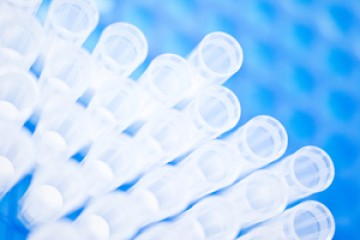Project grant
Development of alternatives to histamine sensitisation test for pertussis vaccines by in vitro biochemical and biological assays

At a glance
Completed
Award date
January 2007 - January 2010
Grant amount
£262,012
Principal investigator
Dr Dorothy Xing
Co-investigator(s)
- Dr Michael Corbel
- Dr Chun-Ting Yuen
Institute
National Institute for Biological Standards and Control
R
- Replacement
